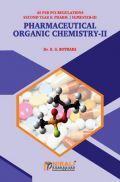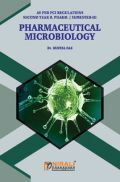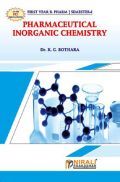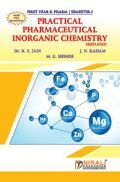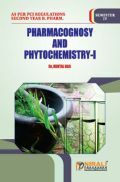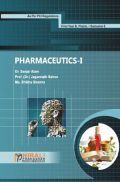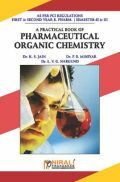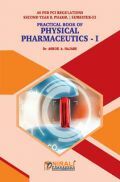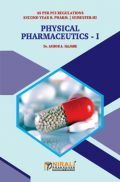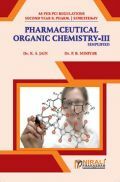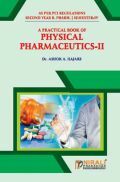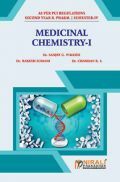Experimental Phytopharmacognosy (A Comprehensive Guide) by Dr. S. S. Khadabadi, Dr. S. L. Deore, B. A. Baviskar
Book Summary:
There is remarkable progress in Natural drugs and derived product inventions. Rapid development in the isolation, purification processes and in identification of structures with novel biodynamic effects has led to new chemical entity paths for drug discovery. Over hundred of active chemical substances exist, that have been isolated from natural sources and which are successfully used as ingredients in foods, medicines and in cosmetics. The goal of modern phytochemical research is to isolate the active constituents and fractions from natural sources used in traditional medicines and evaluate them so as to meet the international standards of quality and therapeutic efficacy.
As Pharmacognosists, it gives us immense pleasure in introducing this book. The book has 18 chapters with multiple approaches like modern extraction and purification methods, chemical identification tests for different classes of phytochemicals as well as individual phytoconstituents, isolation methods for more than 70 different phytoconstituents, more than 50 quantitative estimation methods, plant tissue culture techniques with laboratory exercise, herbal cosmetics with evaluation parameters and important formulae. The introductory notes and spectroscopic data of few phytochemicals in Chapter 15 will be very useful in understanding the primary elucidation of constituents by IR, H-NMR, 13C-NMR and MASS spectroscopy. Chapter 16 covers the morphology and microscopic analysis of crude drugs. Chapter 17 describes important alternative systems of medicines in addition to preparation and evaluation of Ayurvedic dosage forms. Some of the contents of this book like reagents and thin layer chromatography details for 80 plant derived products are given in a tabulated form for ease of reference.
Audience of the Book :
This book Useful for B.Pharma & M.Pharma Students.
Table of Content:
1. Extraction and Isolation Method
2. Purification Methods
3. Preliminary Phytochemical Evaluation
4. Quantitative Chemical Estimation
5. Alkaloids
6. Glycosides
7. Volatile Oils and Terpenoids
8. Plant Pigments
9. Lipids
10. Resins
11. Carbohydrates
12. Miscellaneous Phytochemicals
13. Plant Tissue Culture
14. Herbal Cosmetics
15. Spectroscopic Elucidation of Natural Compounds
16. Morphology and Microscopy of Crude Drugs
17. Alternative Systems of Medicine
18. Herbal Formulations and Monograph Analysis of Herbal Drugs
Annexure 1
Annexure 2
Abbreviations
Further Readings







